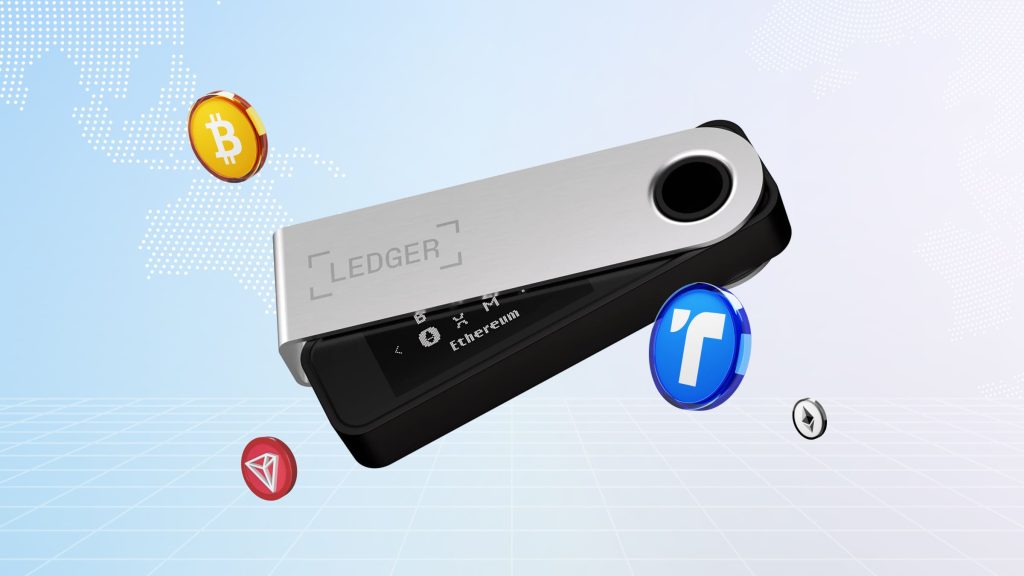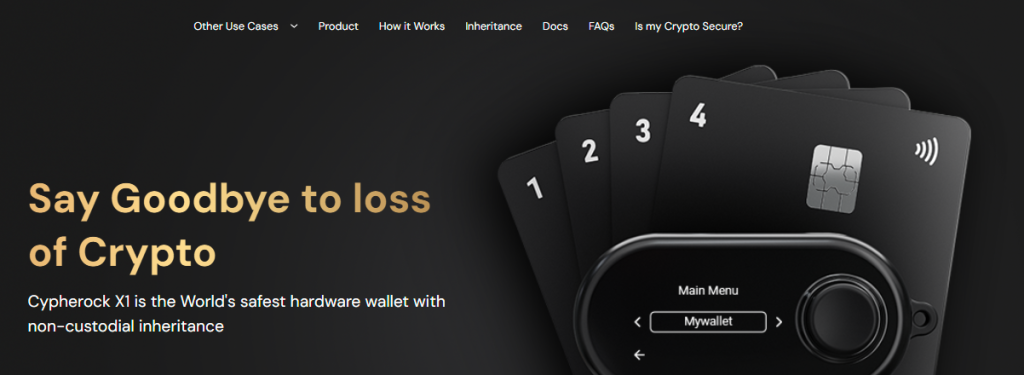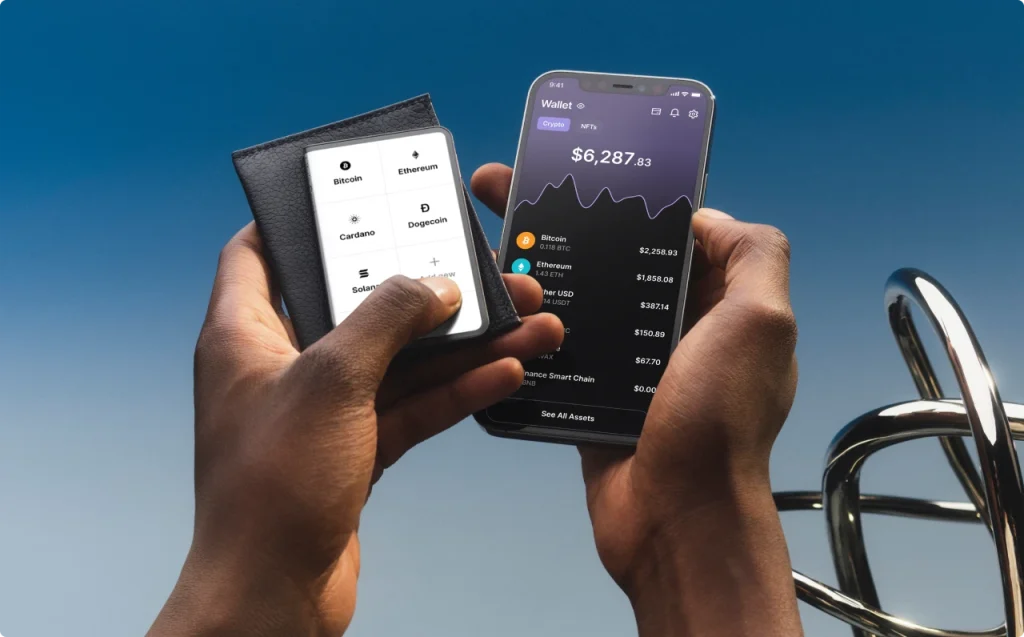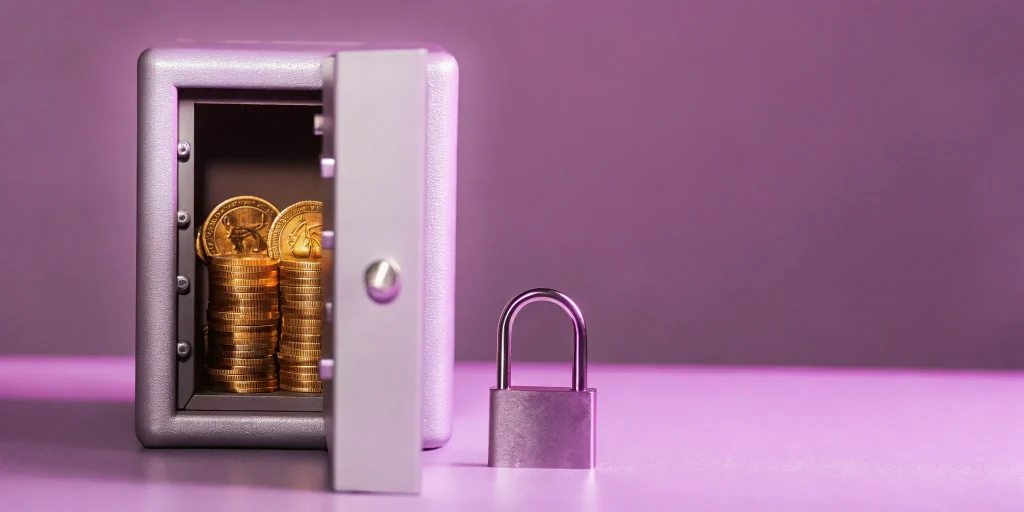Secure Crypto Storage
Secure Crypto Storage: How to Keep Your Digital Assets Safe
Keeping your crypto safe is more important than ever. With scams, hacks, and phishing attacks on the rise, storing your crypto the wrong way can cost you everything. That’s why secure crypto storage isn’t just a good idea — it’s a must.
What Does Secure Crypto Storage Really Mean?
Secure storage means protecting your coins from unauthorized access, loss, or theft. It’s not just about using a wallet — it’s about how and where you store it. Whether you’re a beginner or a seasoned investor, understanding your storage options can help you avoid major risks.
Next, it’s important to know that not all wallets are equal. Some are built for speed and convenience. Others are designed purely for security.
Hot vs Cold Storage: Know the Difference
Hot wallets (like mobile apps and browser extensions) are always connected to the internet. That makes them fast — but also more vulnerable.
Cold wallets, on the other hand, store your crypto offline. These include hardware wallets and paper wallets. They’re not as convenient, but they’re far safer for long-term storage.
After that, you can also use multi-signature wallets, 2FA protection, and recovery seed backups to add extra layers of defense.
Common Mistakes to Avoid
Don’t keep large amounts of crypto on exchanges.
Never share your private keys or recovery phrase with anyone.
Avoid clicking unknown links or connecting your wallet to sketchy sites.
Don’t save your seed phrase in cloud storage or email.
Final Thoughts
Finally, remember: your crypto is only as safe as the way you store it. A small mistake can lead to total loss — but with the right setup, you stay in control.
If you’ve lost access to your crypto or suspect your wallet was compromised, our team can help you recover and secure your assets properly.
Secure Crypto Storage App

Secure Crypto Storage App: How to Choose the Right One
If you’re not ready to invest in a hardware wallet, the next best option is a secure crypto storage app. These apps give you access to your crypto on the go — but not all of them are safe. In fact, choosing the wrong app can leave your funds exposed.
Let’s break down what you need to look for.
What Makes a Crypto Storage App “Secure”?
First, a secure crypto storage app must give you full control of your private keys. If the app holds your keys for you, it’s not secure — it’s custodial. And if it gets hacked or goes offline, your crypto goes with it.
Next, check for multi-layer security. The app should offer features like:
Two-factor authentication (2FA)
Biometric login
Encrypted backups
Offline access or cold storage compatibility
Some of the more trusted apps also integrate with hardware wallets, giving you the convenience of an app with the protection of offline storage.
Recommended Features to Look For
After that, pay attention to open-source code. If the app is open-source, security experts can audit it for backdoors or vulnerabilities. Transparency matters.
Then, look for community trust. Apps like Exodus, Trust Wallet, and BlueWallet have strong reputations and frequent security updates. But even then, always download from the official site or app store — fake versions are everywhere.
Common Pitfalls
Avoid apps that require KYC for simple wallet use.
Don’t connect your app wallet to random websites or dApps.
Never store large sums in mobile-only wallets.
Secure Crypto Storage Wallets

Secure Crypto Storage Wallets
Secure Crypto Storage Wallets: Types and How They Work
Once you’ve explored storage apps, it’s important to understand the wallets themselves. A crypto wallet is where your private keys are stored — and choosing the right one can make all the difference when it comes to keeping your assets safe.
There are two main types: hot wallets and cold wallets.
Hot Wallets
Hot wallets are always connected to the internet. These include mobile apps, browser extensions, and desktop programs. They’re convenient for quick access and everyday use. Examples include Trust Wallet, MetaMask, and Exodus.
But here’s the catch: since they’re online, they’re more exposed to threats like phishing links, malware, and hacking attempts. That’s why it’s never recommended to store large amounts of crypto in a hot wallet.
Cold Wallets
Cold wallets, also known as offline wallets, store your crypto completely offline. This makes them much harder to hack. The most popular type of cold wallet is a hardware wallet, like Ledger or Trezor.
Then there’s the paper wallet — a physical printout of your private key or seed phrase. While this method is fully offline, it’s also risky if you lose or damage the paper.
Another option is air-gapped wallets, which are run on devices not connected to the internet. These are typically used by advanced users who want maximum security.
Choosing What’s Right for You
If you’re managing small amounts of crypto or trading frequently, a hot wallet is fine — as long as it’s paired with security features like 2FA and regular backups.
But for savings, long-term holdings, or high-value coins, cold storage is the safer choice. Many serious investors use both — a hot wallet for quick access, and a cold wallet for backup and secure holding.
Secure Crypto Storage Review

Secure Crypto Storage Review: Comparing the Top Solutions
With so many wallets and apps on the market, it can be hard to know which ones actually offer secure crypto storage. Here’s a quick review of some of the most trusted options — based on security features, ease of use, and reputation.
1. Ledger Nano X (Hardware Wallet)
Ledger is one of the most popular hardware wallets out there. It stores your private keys offline and supports hundreds of coins. It also comes with a mobile app (Ledger Live) for easy balance tracking.
Security Features:
Secure Element chip
PIN protection
Bluetooth (with optional offline use)
Recovery phrase backup
Best for: Long-term holders who want a trusted cold storage solution.
2. Trezor Model T (Hardware Wallet)
Trezor offers open-source firmware and has a touch-screen version for better usability. Like Ledger, it supports a wide range of coins and integrates with software wallets.
Security Features:
Open-source
Passphrase protection
Shamir backup support
No wireless connection (USB only)
Best for: Users who value transparency and full control of their security.
3. Exodus Wallet (Hot Wallet App)
Exodus is a well-designed app for desktop and mobile that’s beginner-friendly. It doesn’t hold your keys — you control them.
Security Features:
Local private key storage
Face ID / Touch ID
Backup options with encrypted files
Best for: Everyday users who want speed and style, with decent security.
4. Trust Wallet (Mobile App)
Trust Wallet supports a huge number of coins and tokens and is known for its simplicity. It’s open-source and lets users interact with dApps directly.
Security Features:
Private keys stored on device
Biometric login
DApp browser
Backup with seed phrase
Best for: Users who manage multiple chains and want a mobile-first experience.
Secure Crypto Ledger

Secure Crypto Ledger: Why It Matters and How to Use One
So far, we’ve talked about wallets and apps. But let’s not forget the importance of a secure crypto ledger — a personal record of your transactions, holdings, and recovery details. While the blockchain itself records transactions publicly, having your own ledger gives you more control, especially when things go wrong.
What Is a Crypto Ledger?
In simple terms, a crypto ledger is your private logbook for everything related to your digital assets. It can be physical (like a notebook or printed sheet), digital (like an encrypted file), or integrated within a wallet management app.
It’s not just about writing down wallet addresses — it includes:
Dates and amounts of major transactions
Private key backups or recovery phrases (stored separately and securely)
Notes on wallet types used (hot/cold)
Security details like passphrases or 2FA setups
Exchange activity and withdrawal history
Next, a ledger becomes especially useful during recovery. If your device gets lost or your app malfunctions, this personal log can help you trace back your steps or confirm what’s missing.
How to Keep It Secure
Then, there’s the question of storage. If your ledger is physical, store it in a fireproof safe, not a drawer. If digital, encrypt the file and back it up offline — preferably on a USB drive that’s kept disconnected.
Never keep your crypto ledger in cloud storage, Google Docs, or email — those are easy targets for hackers.
After that, you should also review and update it regularly. Every time you add a new wallet, change settings, or transfer assets, log it. That way, nothing gets forgotten.
Final Thoughts: Take Control of Your Crypto Security
Crypto gives you freedom — but with that freedom comes full responsibility. If you’re not storing your assets securely, you’re putting them at risk. As we’ve seen, choosing the right storage method — whether it’s a trusted app, hardware wallet, or cold ledger — can make all the difference.
Next, don’t wait until something goes wrong. Most people only start thinking about secure storage after they’ve lost access or fallen for a scam. By then, recovery becomes much harder — and sometimes impossible without expert help.
After that, think of your crypto like cash or gold. You wouldn’t leave it lying around unprotected. The same mindset should apply to your digital assets.
Finally, if you suspect your wallet was compromised, or you’ve lost access to your funds, don’t panic. Our crypto recovery team can help you trace transactions, recover wallets, and secure everything again — step by step.
Need help right now? Schedule a private consultation today.
Your security matters. Let’s make sure your crypto stays yours. | Secure crypto storage free




